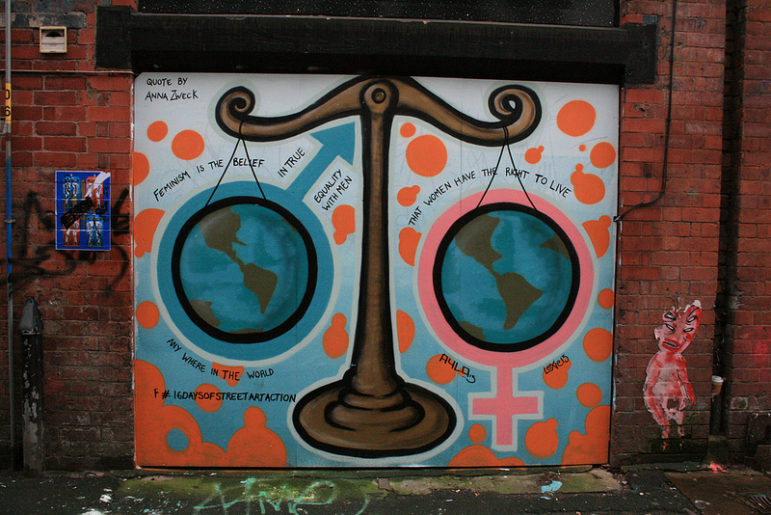
June 19, 2016; Star-Telegram (Fort Worth, TX)
Today marks the 50th anniversary of the National Organization for Women, one of the largest women’s associations in the country. Fifty years into their existence, where does the modern feminist movement stand?
There is little argument that gender equity indicators have moved since the centuries-old movement began. Women have come a long way since the nation’s founding. Before NOW was established, women’s rights to vote, work, and serve in the military were recognized. Yet, after fifty years of NOW, a wage gap still exists—one that is paradoxically worse for women with children. Women’s reproductive rights are constantly under fire, as states restrict access to legal abortions, as Newswire covered earlier this month. Only 20 percent of Congressional seats belong to women, although women make up more than half of the population.
In the midst of this, critique has been aimed at NOW over the years regarding its focus on the liberal policy issues of middle-class women over equity for poor women. This reflects a larger set of criticisms aimed at the women’s movement in general over a generation when it was, perhaps, most centralized.
Fortunately, NOW is not, nor has it ever been the only organization focusing on women’s rights. The scene has changed from one multi-issue association to a multitude of single-issue nonprofit organizations. Because of this change, the nonprofit sector has played a huge role in the ongoing struggle for gender equality over the last five decades.
To illustrate, a GuideStar search for nonprofit organizations with “women” as a keyword returned 31,778 results. These organizations fall into categories from career advancement for women engineers and women business owners, to reproductive health and family planning organizations. In this model, much of the work that NOW has pioneered is being distributed among these thousands of organizations.
Sign up for our free newsletters
Subscribe to NPQ's newsletters to have our top stories delivered directly to your inbox.
By signing up, you agree to our privacy policy and terms of use, and to receive messages from NPQ and our partners.
This data is consistent with the so-called “new wave of feminism” that the Kaiser Family Foundation and Washington Post studied. They found:
Young women are taking a decades-old movement and making it their own. Their expression of feminism is more…a shared struggle against oppression, more an online sprawl of dialogues than a political mission led by activists.
The poll indicated that 60 percent of women consider themselves feminists, and one third of men do as well. About 70 percent of both women and men agreed that the feminist movement is empowering. Younger women were more likely to identify as strong feminists or feminists, and were less likely to believe that feminism is “outdated.”
When you look to political activity, the majority of men and women report that they have not voted for a political candidate because of their stand on women’s issues. Age-specific data shows that about 50 percent of women aged 50–64 did vote for a candidate supportive of women’s issues, whereas only 37 percent of women aged 18–34 had.
Unfortunately, this idea of a new wave of feminism is not good news for NOW. Since 1992, revenue for the PAC has been steadily decreasing, from about $710,000 to $46,800. The number of staff in the main office in Washington, D.C. has dropped to 11 employees. A decrease in donations and membership has resulted in declining revenue. As more activists act individually or in small groups, the need for one organization to mobilize masses of people has disappeared.
As NOW enters its fiftieth year, the organization has two choices. One would be to find a way to mobilize these thousands of nonprofit organizations, its staff, board members, volunteers, and donors. The other, and perhaps more realistic option is for NOW to find a new place in this new wave of feminism so that it can stay relevant.—Sheela Nimishakavi











